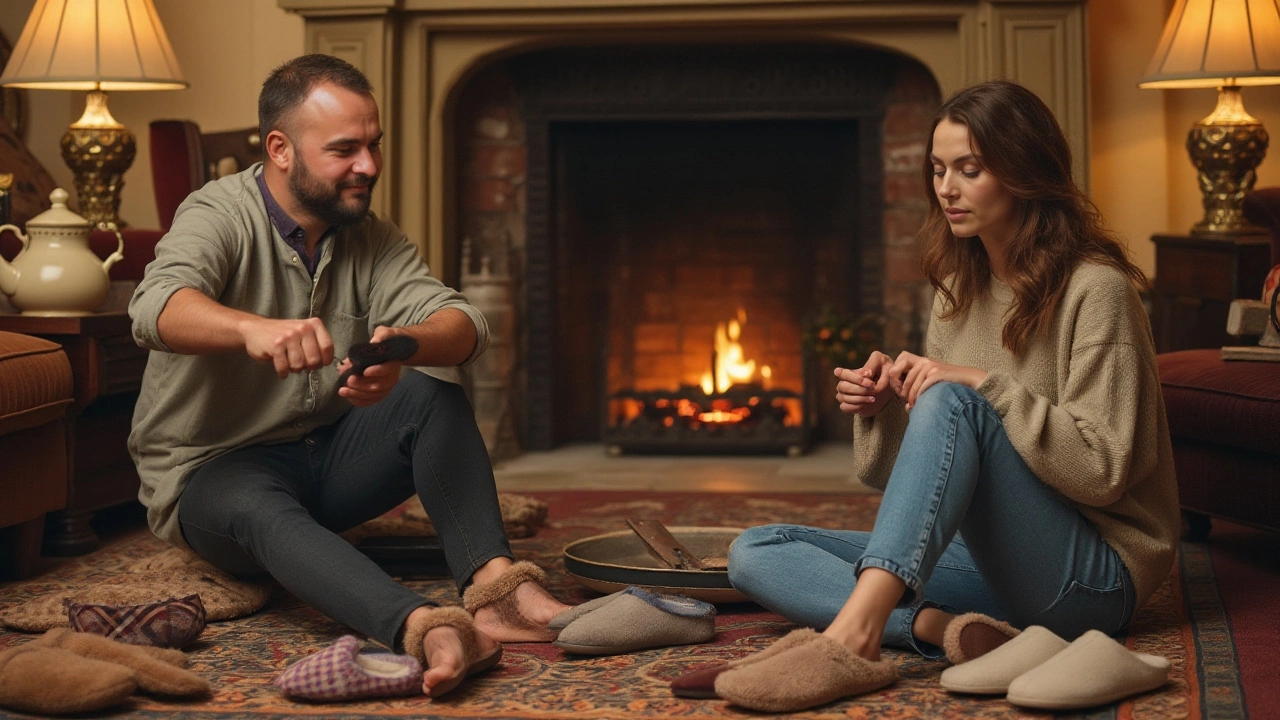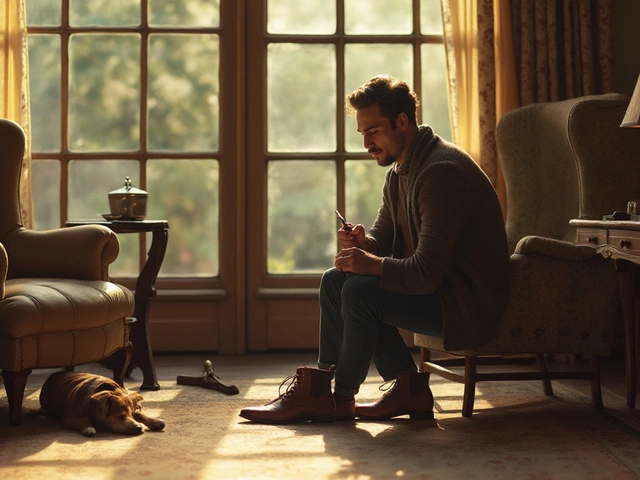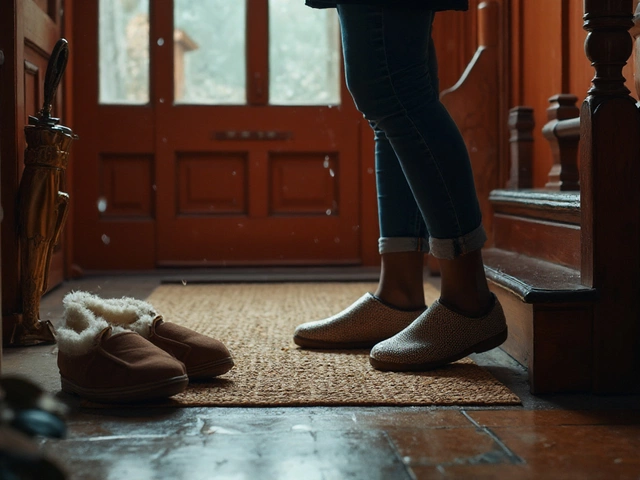Shoe Sizes – Your Handy Fit Guide
Finding the right shoe size can feel like guessing, especially when you buy handmade shoes online. The good news is it’s simple once you know what to check. In this guide we’ll walk through measuring your feet, understanding UK sizing, and making sure there’s enough toe room. Follow these steps and you’ll stop worrying about pinching or sliding shoes.
How to Measure Your Feet
All you need is a piece of paper, a pen, and a ruler. Stand on the paper with your heel against a wall. Trace the outline of your foot, then measure the distance from the heel line to the tip of the longest toe. Do this for both feet because one foot is often a bit bigger. Write down the longer measurement – that’s the length you’ll use for sizing.
Next, check the width. Place the ruler across the ball of your foot, right where your toes spread out. If the measurement is more than an inch wider than the standard width for your length, you might need a wide fit. Many handmade shoemakers list both length and width options, so pick the one that matches your numbers.
Understanding UK Shoe Size
In the UK, shoe size is based on the length of the foot in inches, converted using a standard chart. For example, a foot that measures 9.5 inches usually corresponds to a size 9 UK. Most handmade brands give a size range (e.g., 7‑9) with suggestions on whether to go up or down based on toe room.
Toe room matters a lot. You want about a thumb’s width of space between your longest toe and the shoe’s end. If you feel the toes touching the front when you walk, the shoe is too small. Too much space means your foot will slide, causing blisters.
When you see a size chart on a product page, compare your foot length to the chart’s values. If you’re right in the middle, stick with the exact size. If you’re between sizes, choose the larger one for comfort, especially if the shoe has a narrow toe box.
Handmade shoes often use softer leathers that stretch a bit over time. That’s why a snug, not tight, fit is best when you first wear them. A little stretch will improve comfort without making the shoe loose.
Finally, read any brand notes about fit. Some makers say their shoes run small, while others note they run wide. Adjust your choice accordingly, and you’ll avoid most sizing headaches.
Now you’ve got the basics: measure, match to UK size, check toe room, and consider the brand’s fit advice. Armed with this info, you can shop for handmade shoes with confidence and keep your feet happy.

Are Slipper Sizes the Same as Shoe Sizes? Discover the Differences
Choosing the right size for slippers can be trickier than it seems, as many factors influence sizing, differing often from regular shoe sizes. Understanding these differences ensures comfort and proper fit, whether buying for oneself or as a gift. This article explores the nuances between slipper and shoe sizes, provides tips for finding the best fit, and highlights unique considerations such as material and style. Learn about the implications of slipper design on sizing, and discover practical advice to make your next slipper purchase a perfect fit.




